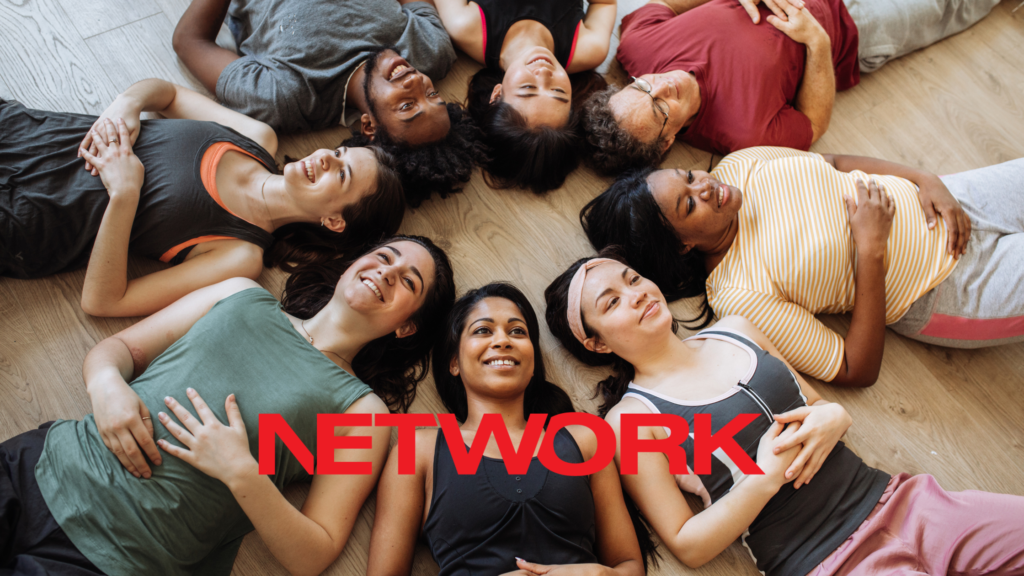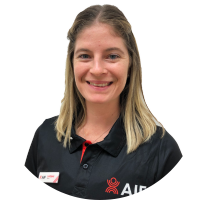The Fitness Zone

How to Create a Welcoming and Inclusive Environment for All Clients
Introduction
Creating a friendly and inclusive atmosphere for all your clients as a personal trainer is more than just good practice; it’s about making everyone feel at home and comfortable. In the diverse world of fitness, where people come from different backgrounds and have unique goals, it’s up to trainers to ensure that every client can kickstart their fitness journey with confidence and a smile. It’s not just about exercise; it’s about creating a place where everyone feels like they belong. In this chat, we’ll dive into how to make fitness accessible, fun, and beneficial for everyone, no matter who they are.
The Benefits of a Welcoming Environment
Creating a welcoming environment isn’t just a feel-good gesture; it significantly enhances client satisfaction. When clients feel comfortable, accepted, and respected, they’re more likely to stay motivated and committed to their fitness goals. A welcoming atmosphere encourages open communication, building a strong trainer-client relationship based on trust. This, in turn, leads to better adherence to fitness plans, improved results, and an overall positive experience. Happy clients are not only more likely to achieve their fitness objectives but also to become enthusiastic advocates for your training services, helping you build a thriving, loyal clientele.
A welcoming environment not only elevates client satisfaction but also contributes to an improved reputation and client loyalty in the fitness industry. When word gets out that your training space is inclusive and accommodating to all, it attracts a wider range of clientele. The positive experiences of your clients become a testament to your professionalism and dedication, which can lead to referrals and increased business. Moreover, clients who feel valued and comfortable are more likely to stay committed to your services over the long term, resulting in higher client retention and increased loyalty. This strong bond between trainer and clients becomes a key factor in your success as a personal trainer, establishing your reputation as a trusted and sought-after fitness professional.
Understanding Diversity
Recognising the value of diversity in your clientele is a cornerstone of being a successful and compassionate personal trainer. The incredible tapestry of individuals who walk through your doors brings with them a wealth of experiences, perspectives, and unique needs. Diversity in clientele encompasses a multitude of factors, including age, gender, race, ethnicity, physical abilities, fitness levels, and personal objectives. Each client comes with their own set of strengths, challenges, and aspirations. Embracing this diversity not only enriches your professional experience but also allows you to tailor your training approach to meet the distinct requirements of every client, ensuring that their fitness journey is both effective and enjoyable. Inclusivity is about celebrating the differences and recognizing that there is no one-size-fits-all approach to fitness, and by embracing this diversity, you can truly empower your clients to achieve their goals and lead healthier lives.
Physical Environment
Designing an inclusive physical space for your fitness training is not just about aesthetics; it’s about accessibility and ensuring that all clients, regardless of their physical abilities, can participate fully. When crafting your training area, consider elements like ramps or wheelchair-accessible entrances, adequate space for mobility aids, and adaptable equipment that can be used by clients with varying abilities. Inclusivity also extends to the design of workout routines and exercises, offering options and modifications that cater to different fitness levels and capabilities. An inclusive physical environment reflects your commitment to making fitness accessible and enjoyable for all, reinforcing the message that every client is welcome and valued.
In today’s digital age, technology plays an increasingly significant role in fitness training. Ensuring technology accessibility and inclusivity is vital to meet the diverse needs of your clients. This can involve providing workout apps and resources that are user-friendly and compatible with different devices, offering closed captioning or sign language support for online classes, and considering the specific requirements of clients with visual or auditory impairments. By embracing technology accessibility, you not only broaden the reach of your services but also create a space where everyone, regardless of their technological familiarity or limitations, can engage in the benefits of fitness technology and stay connected with their wellness journey.
Community Engagement
Community engagement is a powerful way to foster inclusivity in the realm of fitness training. As a personal trainer, involvement in diverse communities and partnerships with diversity-oriented organisations can have a profound impact. By actively participating in various community events, you demonstrate your commitment to serving a wide range of individuals with unique needs and backgrounds. Moreover, collaborating with diversity-focused organisations can provide a wealth of resources and expertise to ensure that your fitness services are not just accessible but genuinely cater to the diversity of your clientele. These collaborations not only enrich your knowledge and approach but also create a network of support, empowering your clients to feel valued, supported, and part of a larger fitness community that embraces and celebrates their individuality.
The Ongoing Journey Towards Inclusivity
In the dynamic world of the fitness industry, the role of a personal trainer goes beyond just sculpting bodies; it extends to shaping an environment where individuals from all walks of life can thrive. Creating a welcoming and inclusive space is not merely a trend but a conscious choice, reflecting the values of empathy, diversity, and respect. Through our exploration of the significance of diversity, the benefits of inclusivity, and the various aspects to consider in fostering such an environment, it becomes evident that the impact goes far beyond fitness alone. It’s about empowering individuals, breaking down barriers, and forging connections. As personal trainers, our journey to inclusivity is an ongoing one, an ever-evolving commitment to making fitness accessible, enjoyable, and transformative for all. The inclusivity we champion today will not only shape the fitness industry of tomorrow but also contribute to a world where every individual feels welcomed, celebrated, and free to pursue their path to wellness. So, let’s continue to work together, learn, adapt, and grow, ensuring that every step taken towards a healthier future is taken together, in unity.
Read more articles
Disclaimer: Where Certificate III in Fitness, Cert III/Cert 3, or Fitness Coach is mentioned, it refers to SIS30321 Certificate III in Fitness. Where Certificate IV in Fitness, Cert IV/Cert 4, or Personal Trainer is mentioned, it refers to SIS40221 Certificate IV in Fitness. Where Master Trainer Program™ is mentioned, it refers to Fitness Essentials and SIS40221 Certificate IV in Fitness. Where Master Trainer Plus+ Program™ is mentioned, it refers to SIS30321 Certificate III in Fitness and SIS40221 Certificate IV in Fitness. Where Certificate IV in Massage or Cert IV/Cert 4 is mentioned, it refers to HLT42021 Certificate IV in Massage Therapy. Where Diploma of Remedial Massage is mentioned, it refers to HLT52021 Diploma of Remedial Massage.











